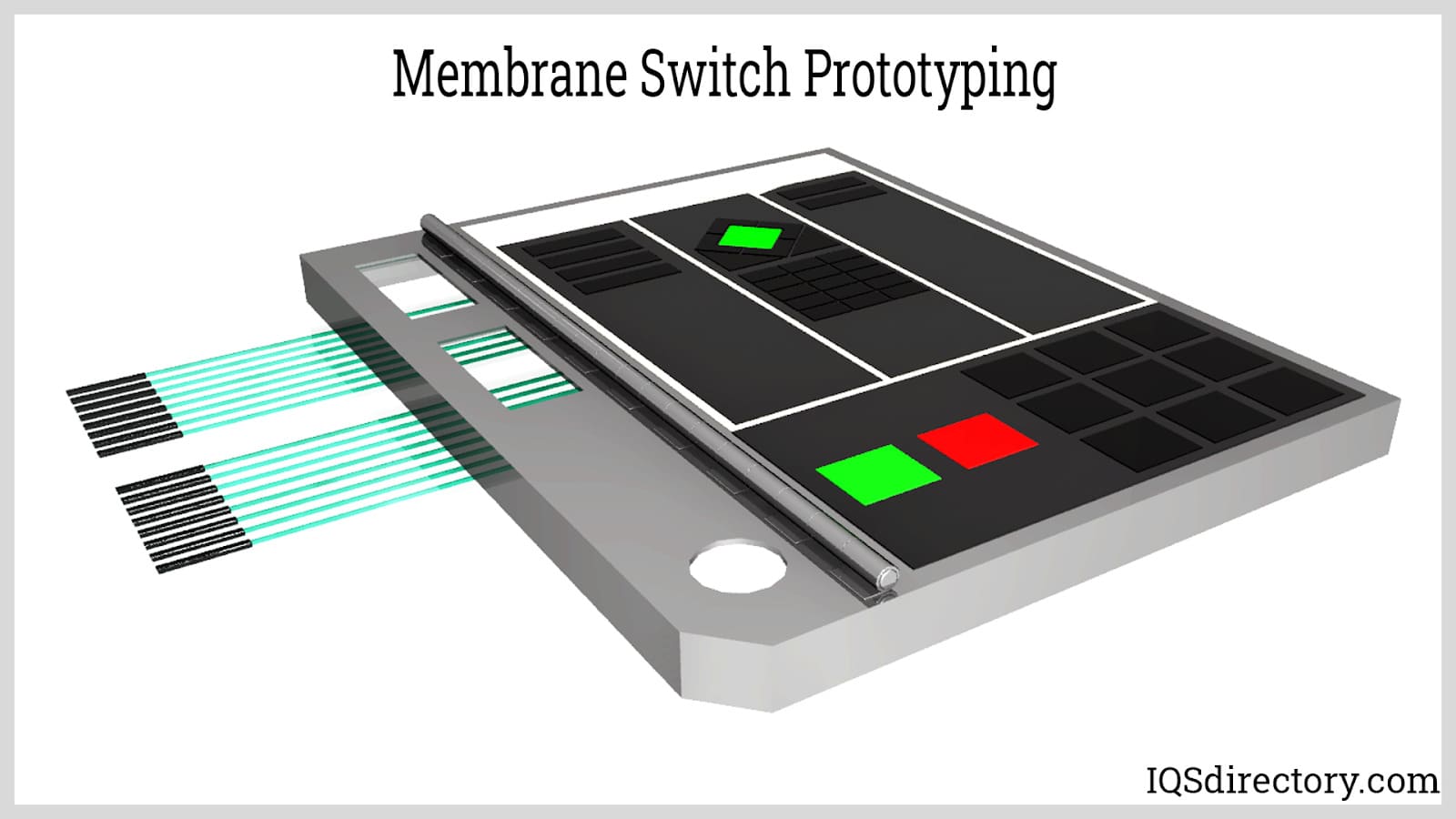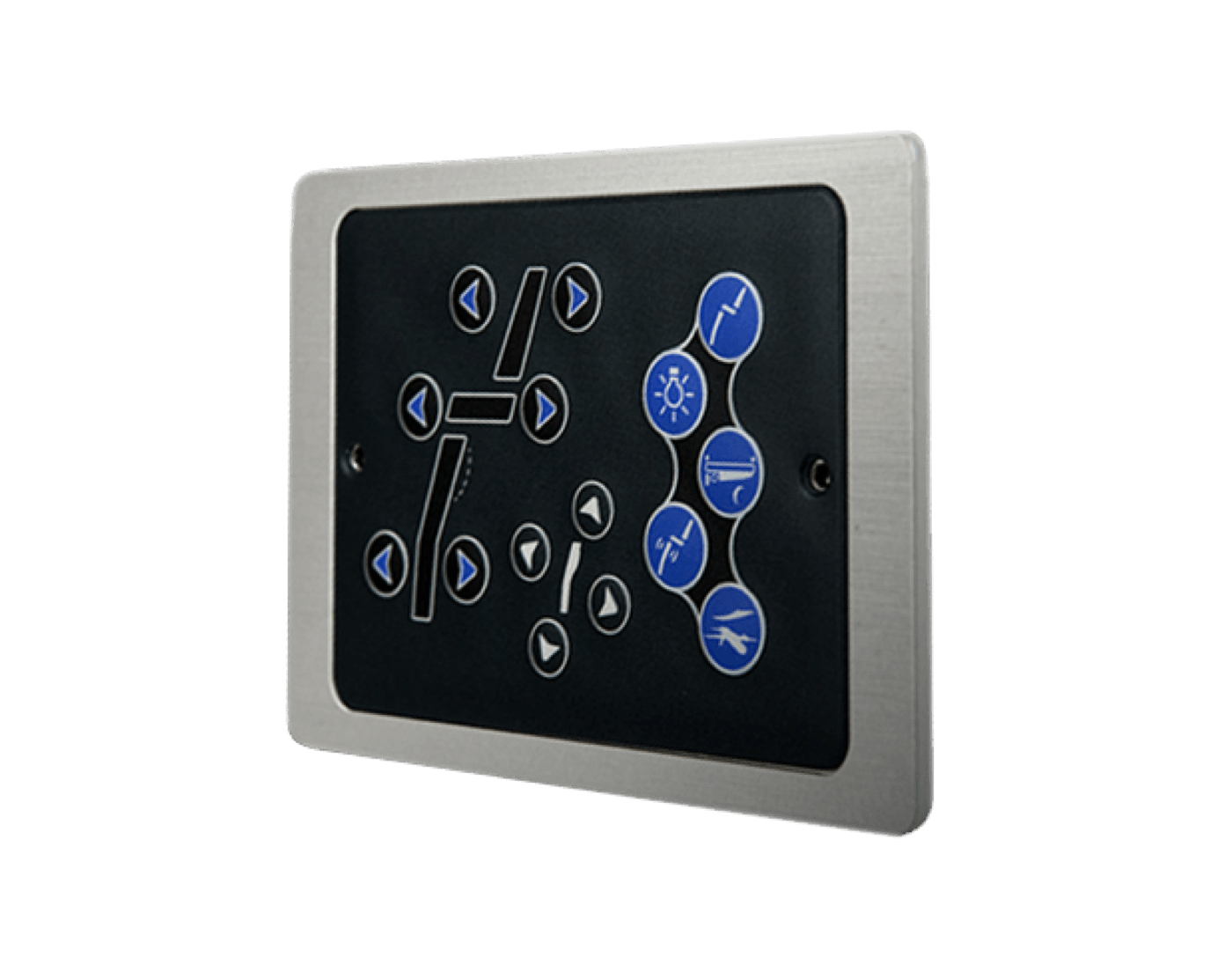Why Membrane Switches Are Necessary for Sturdy Control Equipment
Membrane layer buttons play a crucial function in making certain the longevity and integrity of control systems across numerous industries. Their distinct construction allows them to endure tough environmental aspects such as moisture, temperature level extremes, and physical wear. This durability not only extends the lifespan of the systems they serve yet likewise decreases maintenance requirements. As we explore the complex advantages of membrane layer buttons, it ends up being apparent that their value goes beyond simple capability, influencing customer experience and operational performance. What further effects do these qualities hold for the future of control system layout?
Review of Membrane Switches
Membrane buttons are functional and dependable elements generally made use of in numerous digital control systems. These switches are composed of a number of layers, consisting of a graphic overlay, a spacer layer, and a published circuit layer. The visuals overlay gives both functional and visual style, while the spacer layer makes sure that the buttons are triggered only when pressed. The published circuit layer includes conductive traces that complete an electrical circuit when the membrane is pressed, making it possible for the device to react to customer inputs.
Membrane buttons are commonly preferred in applications needing a small and lightweight design, making them ideal for portable gadgets, clinical tools, and commercial equipment. They can be personalized to satisfy specific individual requirements and can integrate different attributes such as backlighting, tactile responses, and multiple shades. Membrane buttons are resistant to dirt, dampness, and contaminants, making them appropriate for atmospheres where sturdiness is crucial.
Advantages of Sturdiness
In lots of applications, the sturdiness of membrane layer changes deals considerable advantages that improve their total performance and integrity. These buttons are made to endure extreme atmospheres, making them ideal for usage in demanding conditions such as high humidity, extreme temperatures, and direct exposure to chemicals. Their robust building helps to protect against damage from physical influence, making certain long-lasting functionality and reducing the requirement for regular substitutes.
Furthermore, membrane buttons are resistant to use and tear, which is important in applications where constant interaction occurs. This durability converts to reduce maintenance expenses, as organizations profit from lowered downtime and fewer service interruptions. Additionally, the encapsulated layout of membrane switches secures inner elements from dust and dampness access, further adding to their life-span.
An additional advantage is their ability to preserve regular efficiency in time. With a high tolerance for mechanical tension, these buttons preserve their tactile responses and electric integrity, making certain user complete satisfaction. Inevitably, the resilience of membrane switches over not just enhances operational efficiency however additionally promotes confidence in their reliability, making them a favored selection for control systems across numerous markets.
Applications in Numerous Industries
Durable control systems using membrane layer switches find comprehensive applications across a series of industries, each taking advantage of the one-of-a-kind features these switches provide. In the clinical sector, membrane layer buttons are essential for tools such as person displays and analysis tools, where dependability and convenience of cleaning are critical. Their resistance to dampness and impurities guarantees they preserve capability in clean and sterile environments.
The auto industry leverages membrane layer buttons for dashboard controls and infotainment systems, where they offer smooth, inconspicuous interfaces that improve user experience. These buttons are also developed to hold up against severe problems, consisting of exposure to extreme temperatures and vibrations.
In industrial setups, membrane buttons are commonly used in machinery control panels, using tactile comments and toughness essential for high-usage applications. Their capability to resist chemicals makes them ideal for producing atmospheres where spills and pollutants are regular.

Customer electronics, such as cooking area devices and push-button controls, likewise utilize membrane special info layer switches for their adaptability and cost-effectiveness. In general, the adaptability and durable nature of membrane changes make them indispensable throughout different sectors, making sure reliable operation and long life in control systems.
Layout and Aesthetic Charm
While capability is critical, the style and visual allure of control systems furnished click here to find out more with membrane buttons play an important duty in user involvement and general experience (membrane switch). The aesthetic style of these buttons can substantially affect user understanding and communication. A properly designed membrane layer button enhances the good looks of the device, making it much more attractive to users and fostering a link in between the individual and the item
Membrane layer switches over supply a good deal of adaptability in design, enabling makers to customize graphics, shades, and appearances to straighten with brand identity and item visual appeals. Making use of dynamic colors and distinctive patterns can attract interest, while responsive comments can reinforce the user's communication with the device. Additionally, the ability to integrate LED indications and backlighting into the membrane layer button layout supplies both functional and aesthetic benefits, boosting presence and functionality in various environments.

Enhancing Individual Experience

Moreover, membrane layer switches can be personalized to incorporate visual interfaces, boosting usability by offering information in a clear and instinctive manner (membrane switch). This modification can include icons, tags, and color coding that overview users via complex performances effortlessly. Furthermore, their versatility enables for assimilation in various atmospheres, guaranteeing regular performance whether in industrial machinery or customer electronic devices
The sturdiness of membrane layer buttons additionally plays a crucial function in individual experience. By holding up against rough conditions and extended use, these switches reduce the likelihood of system failures, thus advertising integrity and customer self-confidence. Inevitably, the critical usage of membrane layer changes not only boosts performance however also significantly enriches customer communication with control systems, making them an indispensable part in contemporary design.
Conclusion
